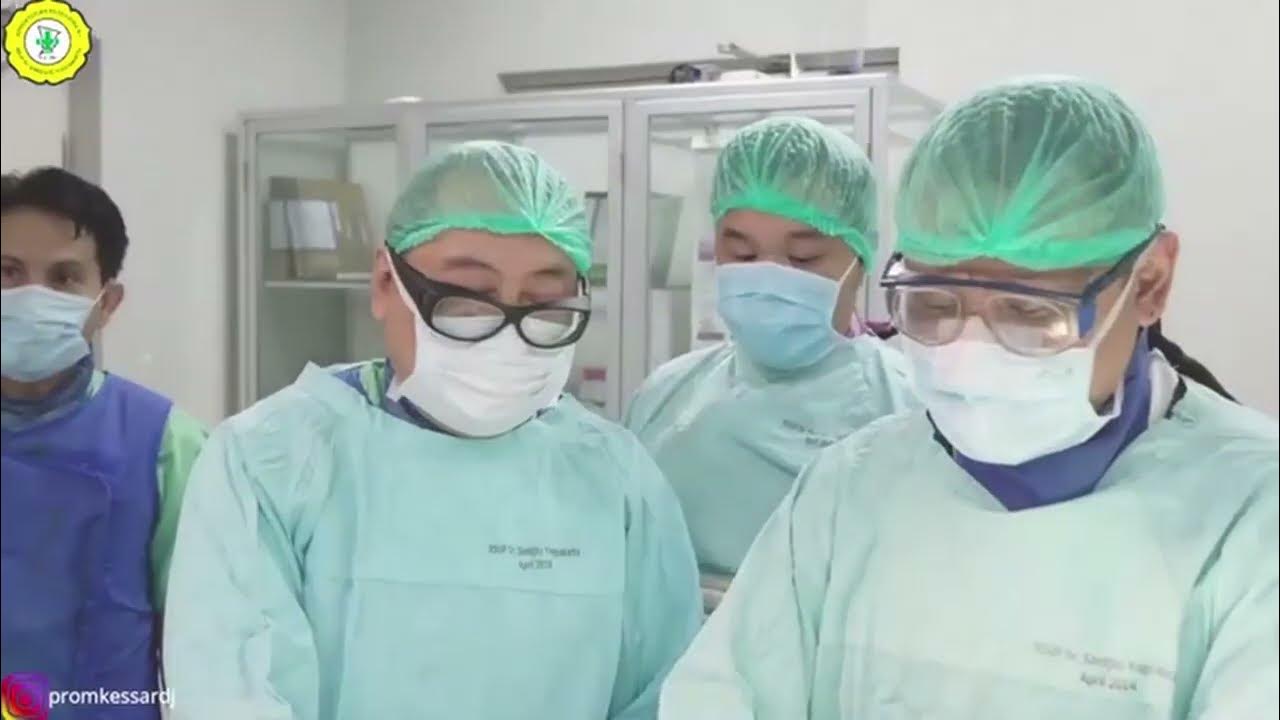चार प्रकार किया जा सकता है रोगी का अनुमान ;; #microsoftclipchamp #invideoai
Summary
TLDRThis video explains the ancient practices of patient examination as described by Rishi Sushruta. It emphasizes the importance of observation, touch, and inquiry in assessing a patient's condition. Sushruta outlines the appropriate times to visit a patient's home, highlighting auspicious signs and conditions for such visits. He details six methods for diagnosis, including sensory observations and questioning the patient about their symptoms. The video also mentions modern tools that can assist in patient examination, showcasing the blend of traditional and contemporary medical practices.
Takeaways
- 👁️ Ancient Indian medicine emphasizes the importance of patient examination as per Rishi Sushruta's teachings.
- 🤚 Patient assessment can be performed through observation (darsana), touch (sparsha), and questioning (prashna).
- 🏠 Visiting a patient's home should occur under favorable conditions, such as auspicious signs and the patient's readiness.
- 🧠 There are six methods to understand a patient's condition: five through sensory perception and one through inquiry.
- 👅 The taste of the patient’s mouth can reveal significant information about their health status.
- 🐦 Frequent flies landing on a patient’s body may indicate health issues and serve as a diagnostic sign.
- 🩸 Blood tests are essential; for instance, if a patient vomits blood, it should be offered to a dog or crow to determine contamination.
- 🧪 Modern diagnostic tools are also acknowledged in patient examination, blending ancient methods with contemporary practices.
- ⚖️ Rishi Sushruta highlights the balance of both sensory and modern approaches for effective patient diagnosis.
- 💡 The knowledge from ancient texts provides a foundational understanding that can enhance modern medical practices.
Q & A
What does the video discuss regarding patient examination?
-The video explains how to examine a patient according to the teachings of Rishi Sushruta, focusing on visual observation, touch, and questioning.
When should one visit a patient's home according to Sushruta?
-Visits should occur when the patient is in a favorable condition, such as during auspicious events, when invited for beneficial tasks, or when there are favorable circumstances.
What are the six methods Rishi Sushruta mentions for understanding a patient's condition?
-Sushruta mentions six methods: five through the senses (eyes, nose, skin, etc.) and the sixth by asking questions.
What is meant by 'Rasa' in the context of patient examination?
-'Rasa' refers to the taste or essence perceived through the sensory organs, which can be evaluated but not physically ingested.
How should the taste of the patient's mouth be assessed?
-The taste should be inquired about; if it has disappeared, the body is considered affected or disrupted.
What significance do flies landing on a patient's body have?
-Repeated landing of flies on a patient's body is considered a sign of illness or infection.
How is blood testing described in the video?
-The video mentions a method where if the patient vomits and the blood is offered to a dog or crow and consumed, it indicates that the blood is contaminated.
What modern tools are referenced for patient examination?
-The video suggests that modern examination tools can also be utilized to assess the patient's condition, as highlighted in a specific verse.
What role does questioning play in patient examination according to Sushruta?
-Questioning is crucial, as it serves as one of the primary methods to gather information about the patient's health.
What is the overall approach of the video regarding traditional and modern medicine?
-The video emphasizes a holistic approach that integrates traditional examination techniques with modern medical tools for better patient assessment.
Outlines

This section is available to paid users only. Please upgrade to access this part.
Upgrade NowMindmap

This section is available to paid users only. Please upgrade to access this part.
Upgrade NowKeywords

This section is available to paid users only. Please upgrade to access this part.
Upgrade NowHighlights

This section is available to paid users only. Please upgrade to access this part.
Upgrade NowTranscripts

This section is available to paid users only. Please upgrade to access this part.
Upgrade NowBrowse More Related Video
5.0 / 5 (0 votes)





